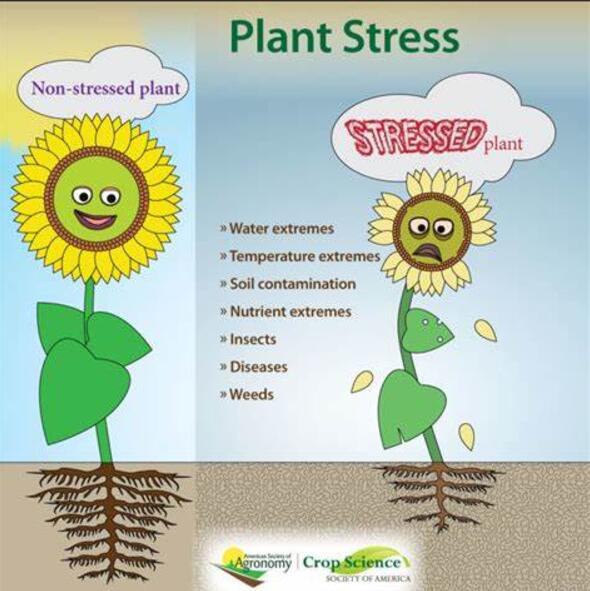Deciphering the genomic regions associated with seedling cold tolerance traits in rice (Oryza sativa L.)
IF 6.8
Q1 PLANT SCIENCES
引用次数: 0
Abstract
Seedling cold tolerance (SCT) in rice is important for planting rice in colder temperatures that occur during early planting and ratooning in some rice-growing regions in the world. Genome-wide association study (GWAS) has the potential to understand the genetic mechanisms of complex traits like SCT. A set of 204 rice accessions were screened for SCT traits in three environments: natural cold conditions (E1; temperature 6.3 °C-23.3 °C), growth chamber cold conditions (E2; 10 °C in 1st and 2nd weeks followed by 17 °C in 3rd and 4th weeks), and normal growth condition in the greenhouse (E3; day and night temperature maintained at 28–30 °C). Data collected on the number of emerged seedlings at six, eight, and twelve days after sowing, and seedling length (SL) was measured at two and four weeks after sowing. GWAS analysis identified nine quantitative trait nucleotides (QTNs) with phenotypic variation ranging from 10.98 to 20.72%. Among them, S06_22947376, S07_27594541, and S07_3833577 showed pleiotropic responses for multiple traits in different experiments. Candidate gene analysis of S06_22947376 identified four putative genes, i.e., Os06g0585950, Os06g0585982, Os06g0586150, and Os06g0587200 around the region to be associated with a protein kinase responsible for increasing the SCT. The results of this study provide valuable information for understanding the genetic control of SCT and the further development of molecular markers that are useful for breeding programs for the development of rice cultivars tolerant to cold stress. At the same time, rice accessions showing potential SCT will be integrated into the breeding program for varietal development.
求助全文
约1分钟内获得全文
求助全文
来源期刊

Plant Stress
PLANT SCIENCES-
CiteScore
5.20
自引率
8.00%
发文量
76
审稿时长
63 days
期刊介绍:
The journal Plant Stress deals with plant (or other photoautotrophs, such as algae, cyanobacteria and lichens) responses to abiotic and biotic stress factors that can result in limited growth and productivity. Such responses can be analyzed and described at a physiological, biochemical and molecular level. Experimental approaches/technologies aiming to improve growth and productivity with a potential for downstream validation under stress conditions will also be considered. Both fundamental and applied research manuscripts are welcome, provided that clear mechanistic hypotheses are made and descriptive approaches are avoided. In addition, high-quality review articles will also be considered, provided they follow a critical approach and stimulate thought for future research avenues.
Plant Stress welcomes high-quality manuscripts related (but not limited) to interactions between plants and:
Lack of water (drought) and excess (flooding),
Salinity stress,
Elevated temperature and/or low temperature (chilling and freezing),
Hypoxia and/or anoxia,
Mineral nutrient excess and/or deficiency,
Heavy metals and/or metalloids,
Plant priming (chemical, biological, physiological, nanomaterial, biostimulant) approaches for improved stress protection,
Viral, phytoplasma, bacterial and fungal plant-pathogen interactions.
The journal welcomes basic and applied research articles, as well as review articles and short communications. All submitted manuscripts will be subject to a thorough peer-reviewing process.
 求助内容:
求助内容: 应助结果提醒方式:
应助结果提醒方式:


